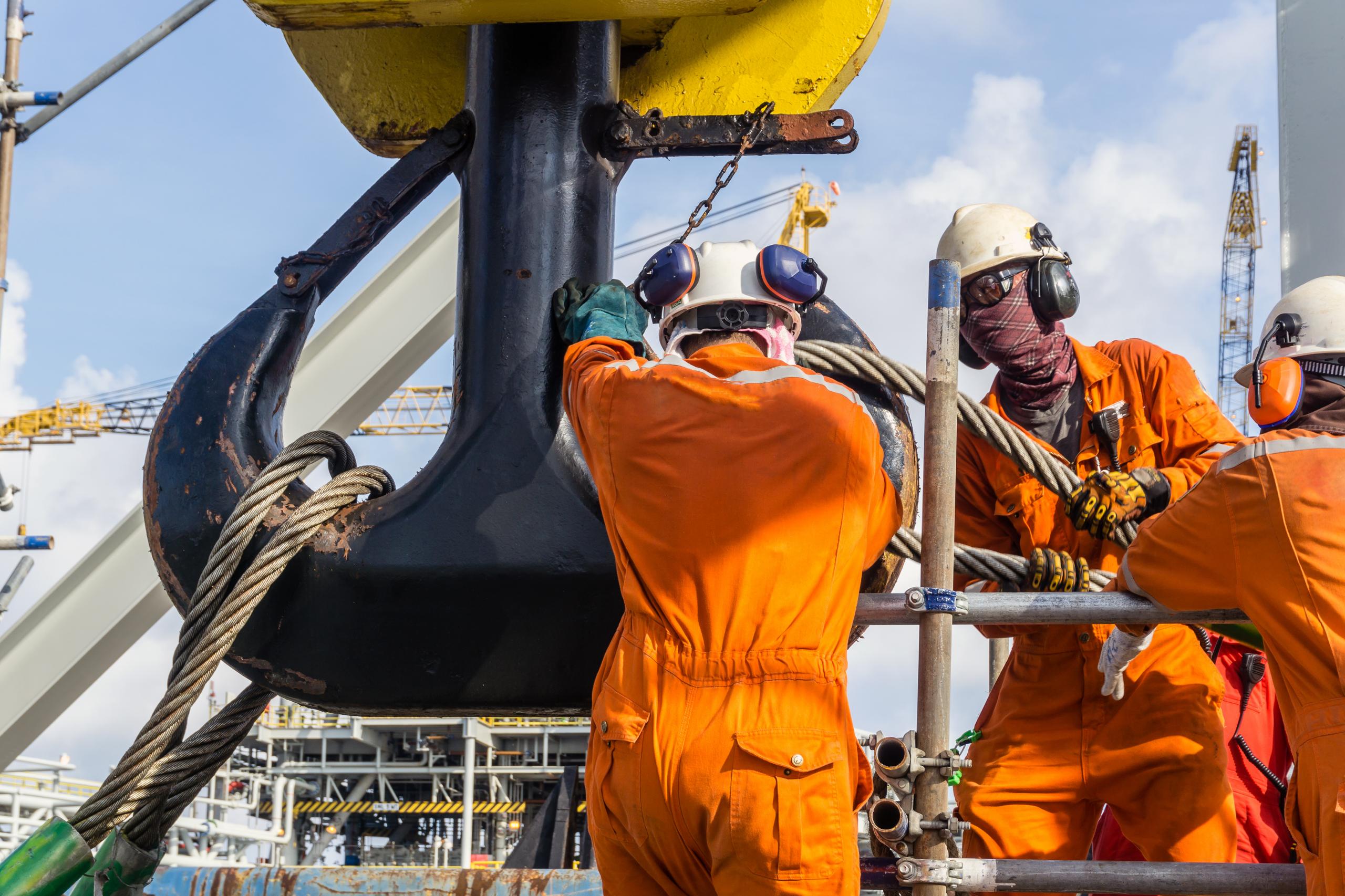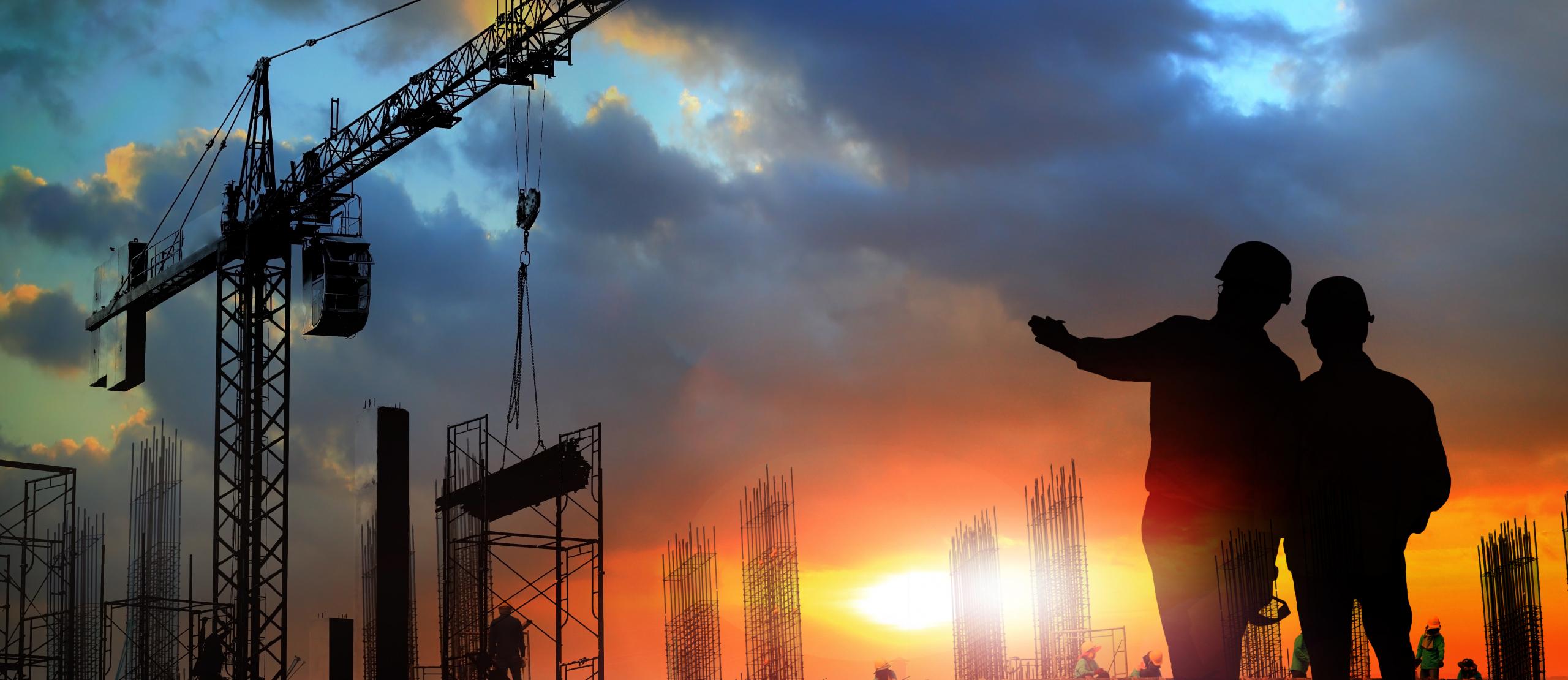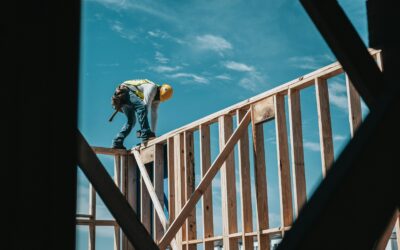Crane accidents have the potential to become massive and tragic events, not just for the construction workers on a job site, but for members of the community in the vicinity of the crane. Just last month, a Michigan man lost his life when a crane overturned on a job. OSHA is investigating this incident. Many more incidents can be found in headlines across the country and around the world.
According to one world-wide report, “almost half of tower crane accidents (42%) were a result of an erection, dismantling or climbing error; 27 percent were during operation; 13 percent from operator error; and ten percent based on mother nature.”
As your construction clients are busier than ever—and many find themselves understaffed or forced to hire less experienced workers—it becomes increasingly possible for errors to lead to accidents. Fortunately, many crane incidents are preventable if your construction clients are committed to maintaining a safety culture on the job.
Advising Clients on Complex Safety Systems

Cranes are increasingly vital and complicated machines, which only creates more room for fatal errors. Your client’s safety systems need to meet the demands that come with each and every crane.
At a minimum, your clients that own cranes or who subcontract crane operators must:
- Ensure an annual crane inspection takes place and retain the records.
- Demand every crane operator produce an accredited certification for the crane they intend to run; document these so that they’re easily accessible by all site superintendents.
- Provide a system for inspecting the crane and surrounding environment before every use.
- Create and follow a site safety plan that accounts for each crane, its environment, its tasks, setup and takedown, and the general surroundings.
Clients who fail on any one of these points increase the risk for every worker on site. As day-to-day risk increases, so does your client’s risk of claims, increased premiums, and even difficulty finding coverage in the future.
There is good news: today’s value-adding brokerages and workers comp carriers can help companies close safety gaps through risk management technology. At Foresight, we take a proactive approach to safety and translate it into lower premiums. This allows insureds to reclaim their safety programs and recover faster following an incident.
Safety Systems Need to Involve All Teams

While crane safety starts with the general contractor, the safety management system must cover all subcontractors and temporary hires. One central hub should be used by all parties involved to record inspections, raise hazards, and assign actions. Integrations and ease-of-use are key in getting everyone on the same digital ‘page.’
Centralized communication is also critical to work zone safety, and it too often falls by the wayside. Because of the magnitude of potential losses, everyone on site should know where to be — and why they should be there — when the operator is in the hot seat to avoid human error on the ground.
Although crane technology is continually evolving, communication still often relies on hand signals and radios (as described by OSHA), which are fallible and easy to misinterpret. Everyone on the client’s team and the subcontractor’s team should be aware of the crane communication methods before work starts.
To aid in communication, your client needs an appointed person who not only oversees the lift from beginning to end but who serves as a liaison between teams while they’re on-site to ensure all site and safety information is documented and communicated effectively.
Technology, like hoist cameras, can also improve communication for both operators and subcontractors. Whether your clients use the new tech or are still using hand signals and radios, the liaison should always run a communication test before work begins.
Taking Risks with Cranes Costs Everyone

Every risk comes with an assigned risk level. Crane operations are always high-risk: they’re increasingly complex and capable of doing real damage if misused in any way. But with today’s technology and clearly outlined safety practices, there’s no excuse for taking avoidable risks.
One lift doesn’t have to cost your clients everything. By encouraging clients to match their safety systems with the crane’s demands, regardless of the time and steps involved, and ensuring the safety program covers the whole team — not just the operator — we can help clients prevent crane accidents, minimize claims, and protect everyone on site. Working with a workers compensation company that specializes in the construction industry, like Foresight, can help prepare you for safety-critical discussions with your construction clients all year long.



